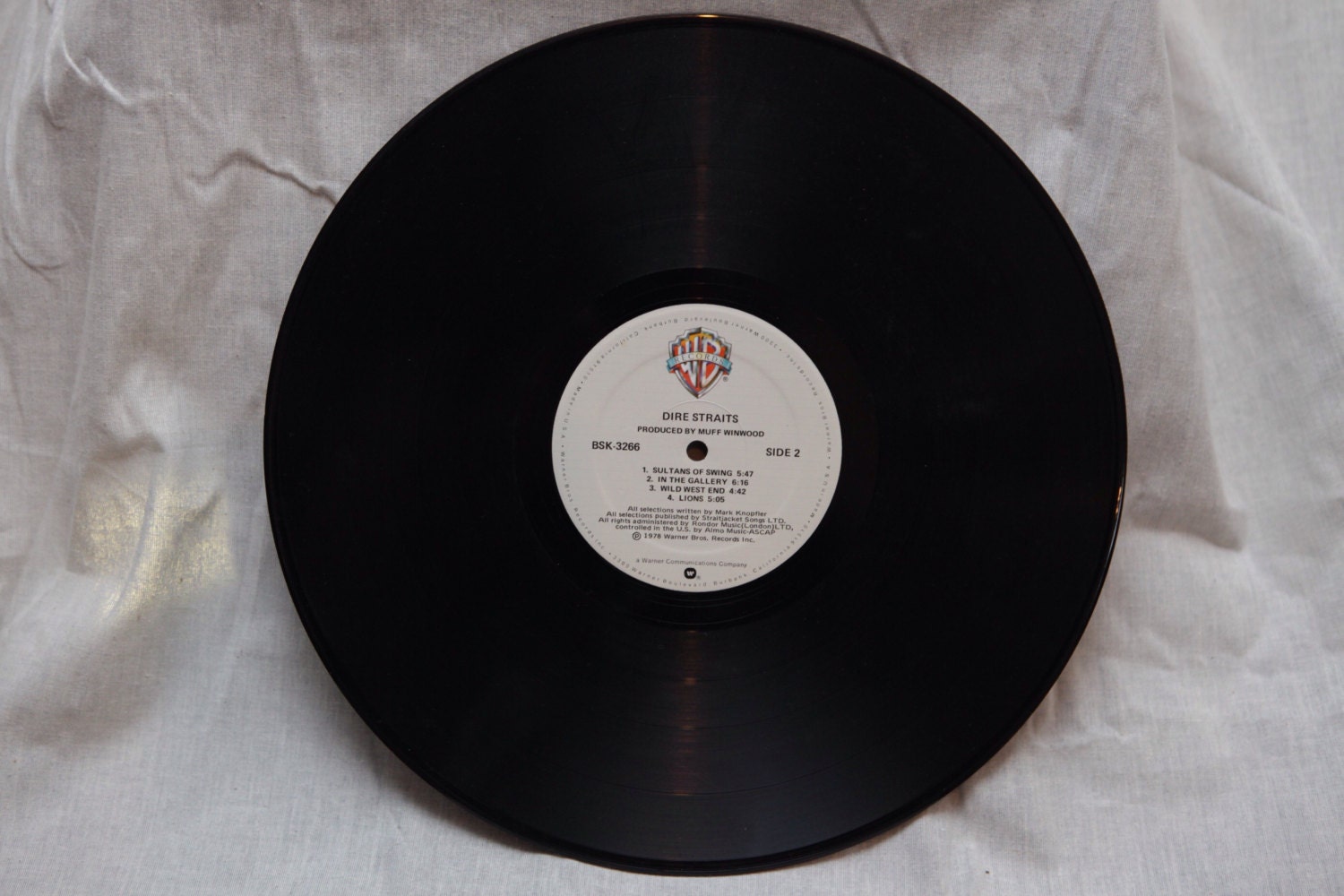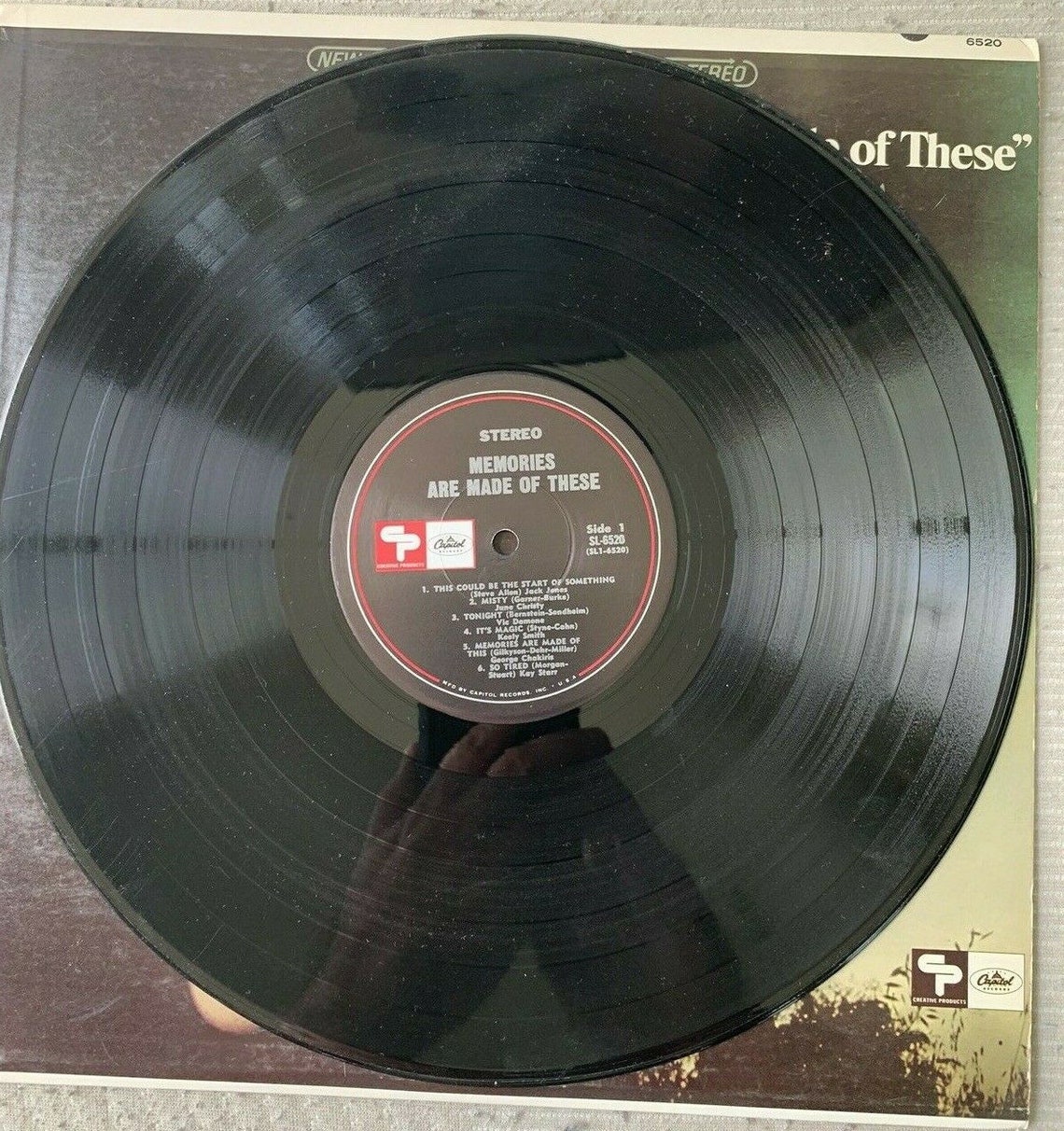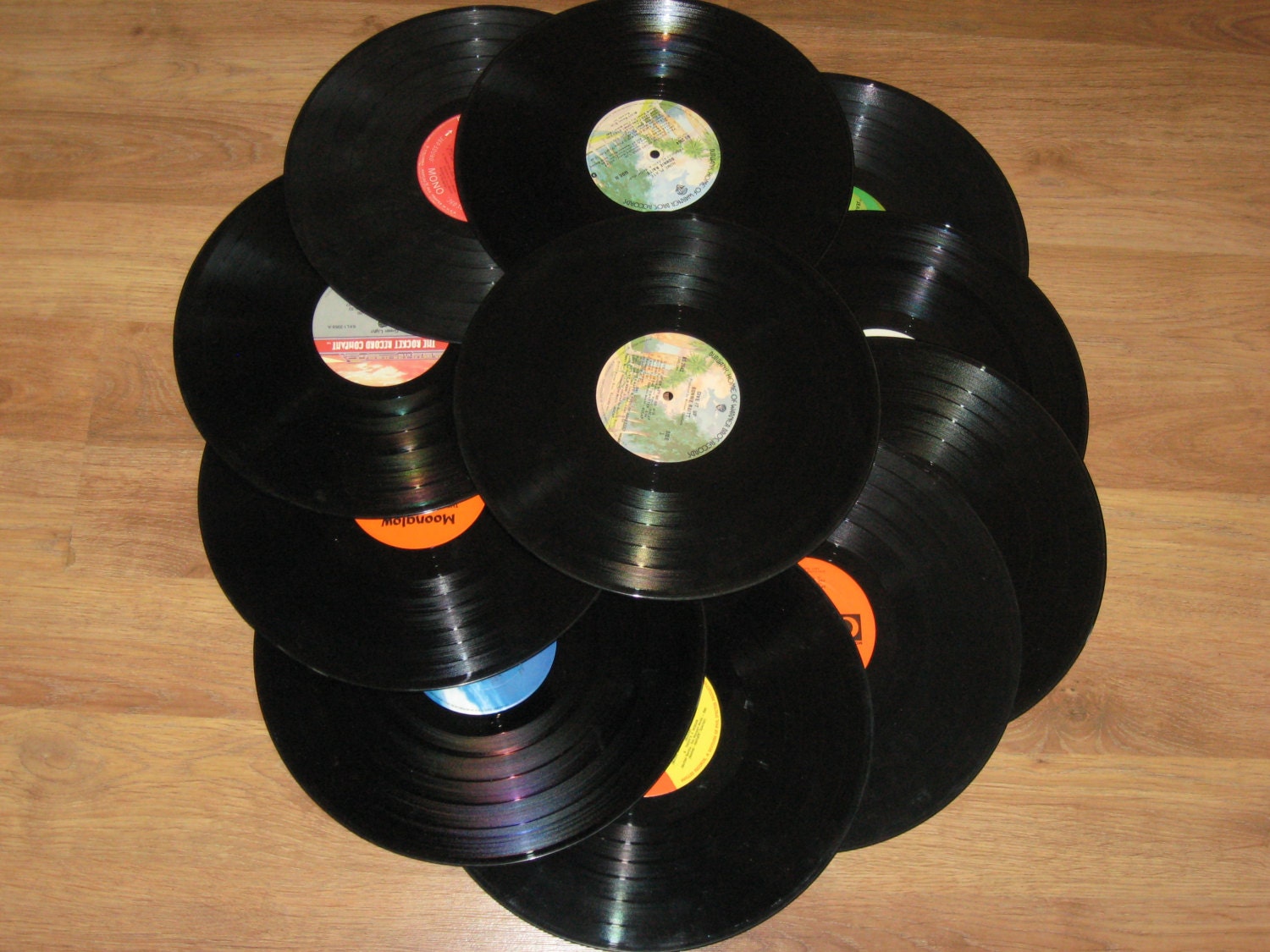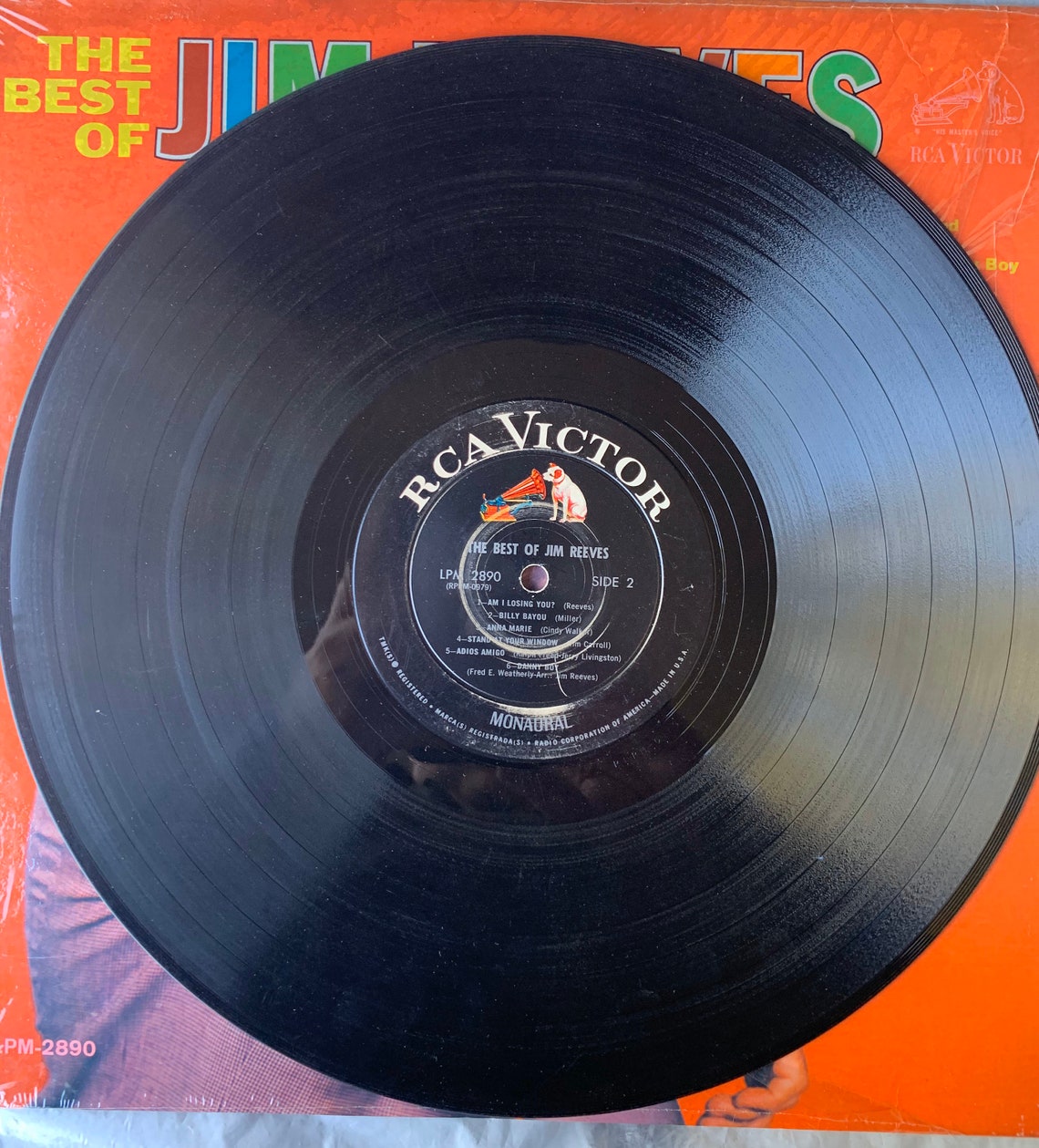

A phono preamp corrects this equalization (and provides gain) so the signal sounds right. This helps to make the grooves smaller, and reduce surface noise. What’s a “phono preamp”? When the album is being "cut", it’s modified (via equalization) to boost high frequencies and reduce low frequencies.

If you don’t plan on swapping through cartridges, this shouldn’t bother you. What’s so special about a removable headshell? It allows you to change cartridges much easier. This guarantees safety for your stylus and records. There are good and bad designs of each.ĭo I need a cueing lever? No, but it makes placing the stylus down on the record much easier. (Remember, this is a guide for beginners, so I’m not getting into moving coil carts at the moment.)Īre belt drive turntables better than direct drive turntables or vice versa? Neither is inherently better. They are interchangeable, meaning if your stylus breaks you don’t need to replace the whole cartridge. It “reads” the groove and the cartridge picks this up, thus creating the audio signal.

What’s the difference between the cartridge and stylus? The stylus is inserted into the cartridge. So don’t dismiss a turntable simply for not having adjustable antiskate. What about turntables that have an adjustable counterweight, but not antiskate? Some tonearms are designed not to need antiskate. But they are definitely a step above turntables made today that lack adjustments. P-mount turntables are not in production any more. Some are made specifically for their tonearms, and some are just standard mount carts that have been adapted to fit in a P-mount tonearm. They’re definitely simpler, since they lack adjustments. So does that mean “P-mount” turntables are bad? Not necessarily. I go over these in the anatomy of a turntable section. The least amount of skipping, the sound quality will be best, and the least amount of record wear. Why should I buy a turntable with a fancy counterweight and all that junk? The most simple explanation is this: these features help ensure the best possible playback of your records. Everything that has been written about the subject already has been written, including on this subreddit. So, does vinyl really sound better than digital? This is a whole can of worms I’m not going to get into. Setting it to equal the VTF is commonly done. Antiskate will help keep the stylus centered in the middle. The idea being that without antiskate, the stylus will ride up against the left side of the groove. If you're experiencing distortion near the end of the record (also known as Inner Groove Distortion), then up the VTF and see if that helps.Īntiskate is a force that brings the tonearm towards the outside of the record. So if your cartridge says 1.5 to 2.5 grams, set it at 2 grams. Many manufacturers recommend setting it at the middle of the range.
Vintage 33 rpm vinyl records how to#
Here's a great video on how to set your VTF. Too high VTF will also wear out your records, and will negatively impact the sound quality. Too little VTF and you're likely to have skips, mistracking (when the stylus loses proper contact with the groove), and increased record wear. Proper set up of VTF is crucial to having your records sounding and playing good.

Also known as VTF (Vertical Tracking Force). Tracking force is the amount of force (in grams) that the stylus puts down on the record. (P-mount owners can ignore that last one) Check ĭon't not learn the inner workings of your turntableĭo research and ask for help when something isn't workingĭon't go in feet first tearing apart your turntableĭon't put your greasy fingers on the grooves.ĭo keep your speakers off the same surface of the turntableĭon't put your speakers right next to the turntableĭo use a stylus that's known to be in good conditionĭo use a brush every time you play a record
Vintage 33 rpm vinyl records manual#
Treat your records and set up well! This may be a little obsessive, but this is a finicky format.ĭo read the manual to your turntable (if available).


 0 kommentar(er)
0 kommentar(er)
